Conservation in Namibia
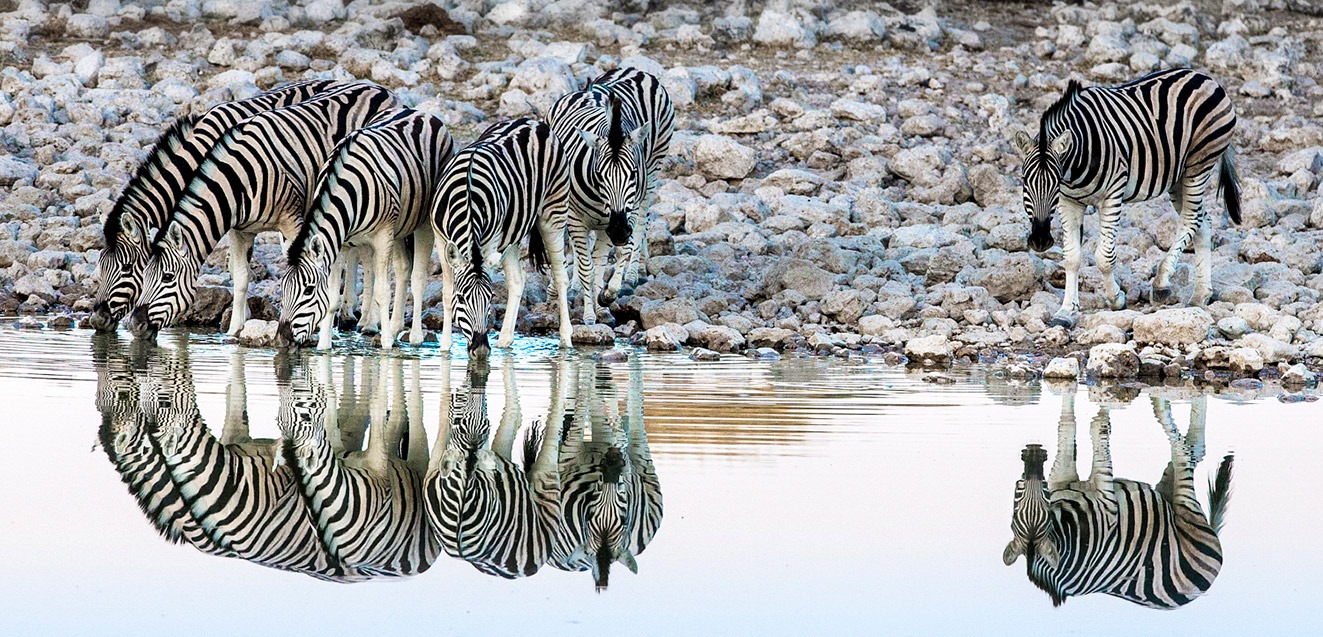
In the wilderness of Namibia, wonders await. This is a country brimming with stark beauty, where savannah woodlands give way to undulating red dunes, and wildlife has spent years adapting to the land’s coastal desert climate. Sub-species of rare, desert-dwelling black rhino—one of the largest free-roaming populations on the planet—and elephant roam across Namibia’s harshest drylands, including its wind-swept plains and barren hillsides. It’s one of the many things that differentiate the country from its African neighbors, and why conservation efforts here are incredibly important.
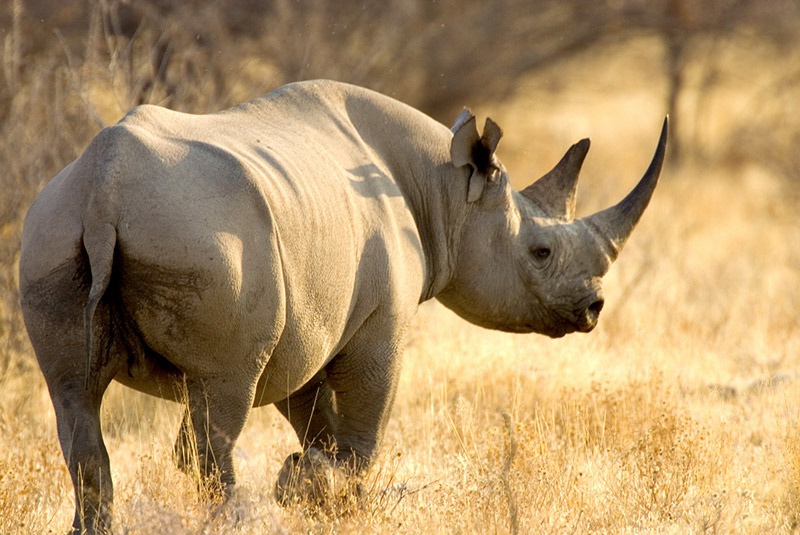
Thankfully, Namibia has long been at the forefront of conservation in Africa. It’s the continent’s first country to have made protecting the environment a constitutional endeavor—safeguarding both local wildlife and the rights of the people living within Namibia’s rural areas. By doing so, the Namibian government allows these residents an opportunity to manage their own natural resources and have a say in conservation efforts that may affect them, such as differentiating between wildlife-only space and farmlands.
Regenerative Travel in Namibia
Tourism is a key component in Namibia’s conservation efforts. Sustainable tourism not only supports the country’s wildlife and various ecosystems, but it also pours money back into the local economy for everything from healthcare to infrastructure. By visiting protected areas, travelers show local communities that wild animals can be assets rather than intruders. This in turn inspires those living in these communities to keep their wildlife safe and healthy. Some even become field rangers, leading safaris and protecting conservation areas against poachers. It’s a job that provides an alternative to traditional ranching and farming and expands employment opportunities.
Today, more than one-third of Namibia is protected land—including national parks, community forests, and private conservancies—and one out of every four rural Namibians belongs to a self-governed, registered conservancy, in which they can utilize their traditional knowledge of the land to help manage it. Wilderness lodgings and camps, where giraffes and zebras sometimes meander right outside your door, are often located on land leased directly from community conservancies—another way the country assures that its tourism benefits both travelers and local Namibians. It’s just the beginning.
Namibia’s Conservation Efforts
From connecting wildlife corridors with those of neighboring Botswana and Zimbabwe, to its local NGOs dedicated to protecting the country’s unique wildlife, Namibia is making conservation count. Here are a few ways that visitors can experience the positive impact firsthand.
International Wildlife Corridors
Formed in August 2011, Kavango Zambezi Transfrontier Conservation Area (KAZA) is an enormous regional park spread among five African countries: Angola, Botswana, Namibia, Zambia, and Zimbabwe. At 200,739 square miles, it’s almost twice as large as the United Kingdom, and is home to nearly half of the continent’s elephants. GeoEx’s Angola, Namibia & Botswana helicopter safari brings travelers right into this astonishing place, a richly diverse ecosystem where wildlife such as cheetah, lion, and wildebeest can wander freely through an interconnection of national parks, community conservancies, forest reserves, and more—36 proclaimed protected areas in total. These include two of Africa’s most legendary natural attractions: the Okavango Delta, one of the largest wetlands on the planet; and the wondrous Victoria Falls, a 350-foot-tall thundering cascade that’s also one of the world’s seven natural wonders.
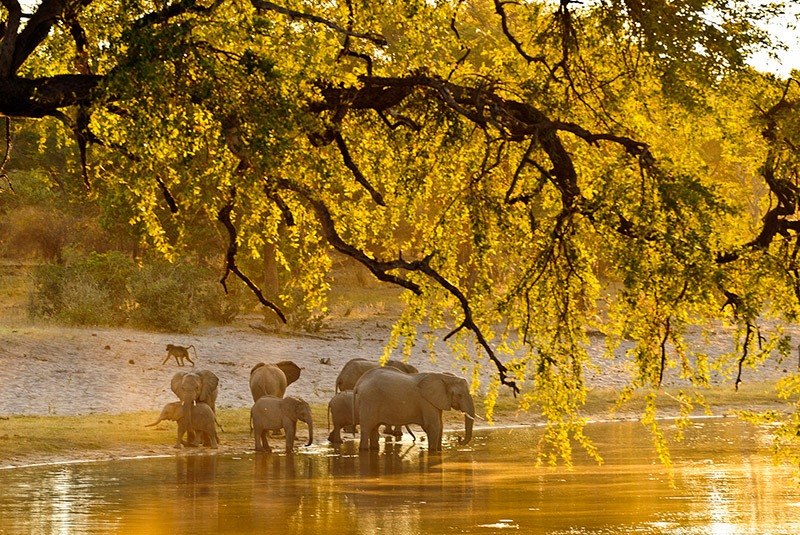
Rewilding to Increase Habitat
Rewilding is the act of reclaiming cultivated lands, like farms and ranches, and restoring them into healthy natural ecosystems where native flora and fauna can thrive. In Namibia, both the private 92-square-mile Namib Tsaris Conservancy, nestled between the Nubib and Zaris Mountains, and the Ongava Game Reserve—just outside Etosha National Park (which you can visit on GeoEx’s custom Dunes & Wildlife of Namibia safari)—are prime examples. Once agriculture farmlands, they’re now rehabilitated wilderness areas teeming with a spectrum of wildlife from springbok to spotted hyena. Namib Tsaris is also home to Camp Sossus, with its six tented guest rooms equipped with sustainable design features like solar lighting and natural cooling. The camp pays significant conservation fees that help directly with Namib Tsaris’ rewilding. It’s also a GeoEx favorite.
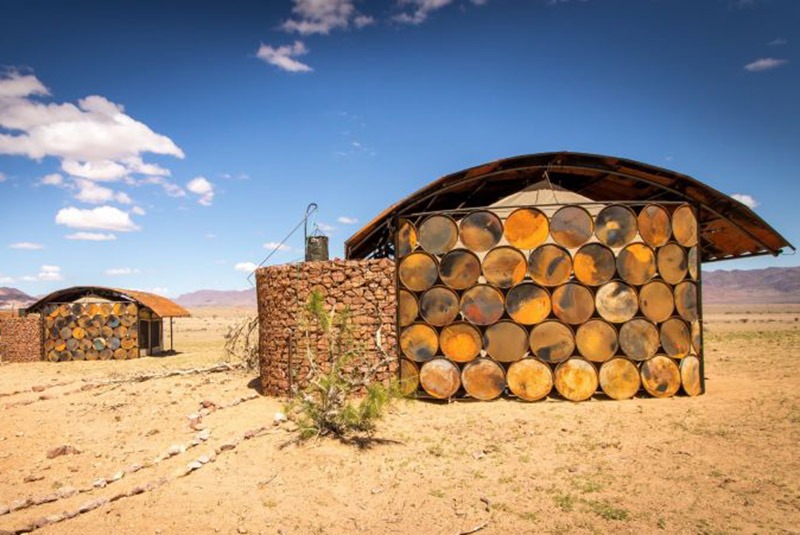
Conservation Changemakers
GeoEx’s Exploring Namibia’s Conservation Stories expedition provides on-the-ground experience with two of Namibia’s most-established NGOs. Embark on a journey into the spectacular desert landscape of the Damaraland wilderness with Save the Rhino Trust (SRT), an NGO dedicated to protecting the last free-roaming population of black rhinos in the world. Or join the AfriCat Foundation—an organization located within the private Okonjima Nature Reserve, that promotes the preservation of Africa’s big cats—for an up-close look at the ways in which its vets and conservation staff help wildlife such as lion and cheetah stay healthy.
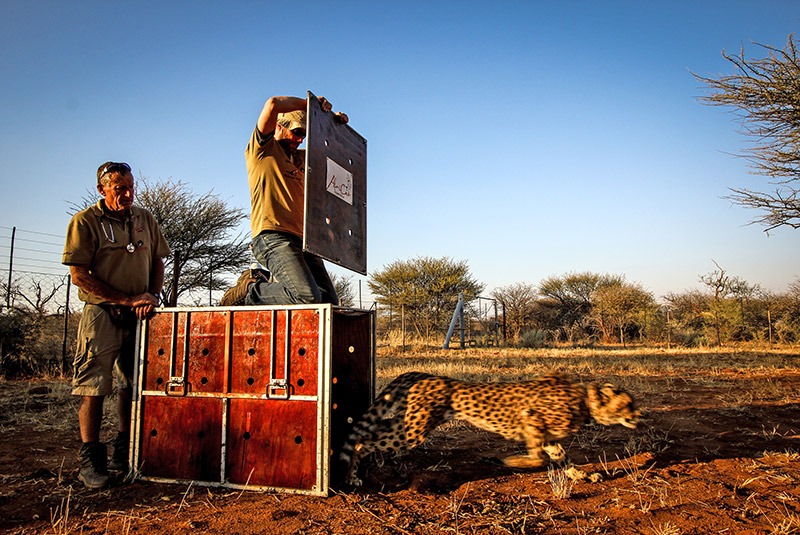
* * * * *
Travel to Namibia will take you to incredible ecosystems and desert-adapted wildlife. GeoEx will help you get behind the scenes to understand the dedication and passion of the organizations, individuals, and communities working together with the government to conserve the nation’s precious wildlife and remarkable wilderness areas.
* * * * *
Ready to start planning your own Namibia safari? Contact one of our travel specialists at 888-570-7108.

